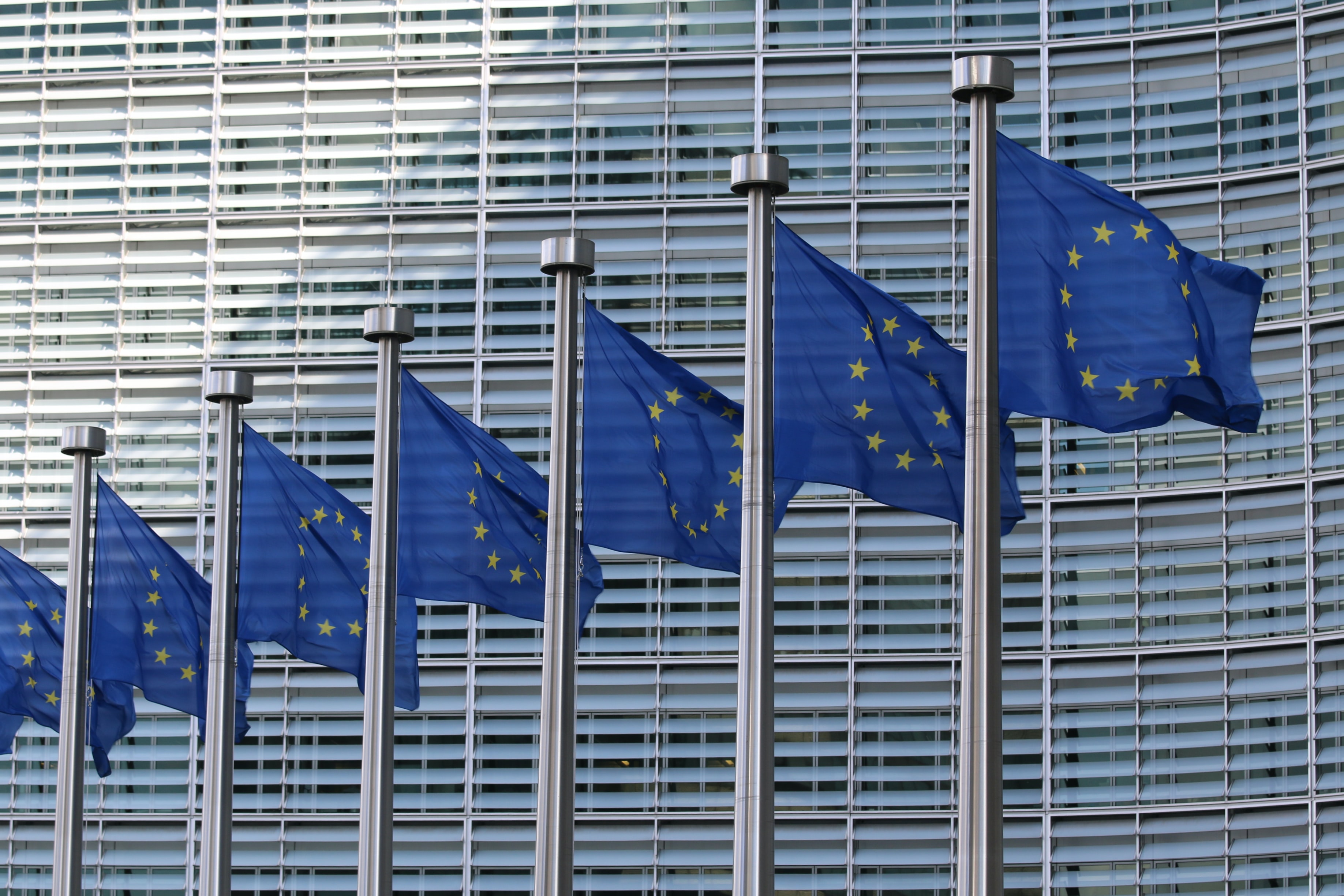Introduction: A Promise for the Future
In 2009 the European Union enacted a directive that set a goal of 20% of the entire bloc’s energy consumption to be from renewable sources by 2020. Meant to encourage sustainable development and the implementation of clean energy technology and infrastructure across the EU, it was seen as a goal capable of being met and one that would set them up for future success. The coordination of multiple governments towards reaching this goal was to be one of the harder tasks, followed closely by the actual implementation of their targets – but the EU has largely succeeded in its goal.
Governance & Renewable Energy Targets
A decade following the start of the directive, the EU sat firmly at a 19.7% renewable energy share just 0.3% short of the 2020 target of 20%. Although the Union fell short of their goal, they have set out a much stronger challenge for its member states: becoming climate neutral by 2050. With all eyes on the upcoming climate summit COP26 in Glasgow, the rallying call around the world has been to aim for net-zero emissions – a call that Europe, like the United States, has answered.
But how easy is it to implement such a wide-ranging directive? When you consider the size of countries like the United States and the roles that state governments fill compared to those a single unified federal government can, how can you expect to move in lock-step towards a common goal? Fortunately, we can draw from the past decade of work carried out by the EU and improve upon it.
Despite Europe’s shortcomings when it comes to its 2020 renewable energy targets, the bloc provides an interesting case study to show how the rest of the world can reach its goals. The decision to set a binding target of 20% of energy consumption from renewable sources by 2020 was based on the national policies of each contributing nation and how to efficiently promote a transition away from fossil fuels. This is similar to the way that countries set renewable energy targets following the 2016 Paris Agreement.
What this means in practice is that not every European nation needed to integrate a 20% target into their own power grid – it just needed to average out across the board. This is why Sweden set a 49% goal for itself while Malta looked at implementing 10%, each EU member-state was expected to aim for a renewable energy target they believed they could reach. Such a program could also be embraced in the U.S., where states like California may aim for a much larger renewable energy goal than say Nebraska, but both can contribute in ways that benefit the entire nation.
Grid-Scale Batteries
While the EU missed its goal by 0.3%, the directive can be seen as an overall success. The fact that the Union was in the position to reach those goals despite having to coordinate among 27 independent countries should be seen as a win – but it could have actually reached those goals and even surpassed them had they used grid-scale lithium batteries across its member states. This is where the United States stands to gain the most from Europe’s governance on renewable energy. The U.S. has the technology and capacity to make the EU’s ideas work a lot better. Grid-scale batteries are already being tested and implemented in the U.S., while in other communities micro-grids have become the go-to. Batteries are the future – and the United States is in a position to capitalize on this.
California is home to the Moss Landing Plant, one of the largest battery arrays in the world which stands to have an integral role in the United States’ move towards renewables and net-zero, “Energy storage is actually the true bridge to a clean-energy future,” explains Bernadette Del Chiaro, Executive Director of the California Solar and Storage Association. The intermittency of renewable power is negated by the grid-scale batteries and provides opportunities to store energy that would normally go on to be wasted, while also stabilizing the grid. This is not ground-breaking news either, we have been aware for a sufficient amount of time of the benefits of large scale lithium-ion batteries’ role in a modern electrical system.
Unfortunately for the European Union, the development and corresponding availability of grid-scale lithium batteries came late into their push towards a 20% renewable energy target – but they are working on remedying that with their net-zero push. “Batteries are the fastest growing storage technology and will play a key role to meet the EU goal of cutting greenhouse gas emissions by 55% by 2030,” states the bloc’s energy website, “The EU is stepping up its effort on batteries through an industrial push, a robust policy framework, and vigorous research and innovation.”
The EU accurately identified their lack of energy storage capacity as one of the reasons their 2020 goals failed and sought to rectify the issue. The United States can already use the framework that has been provided by their early directive to help create a program that works for federal and state governments. The Biden Administration wants to make the United States a global leader in sustainable development – this is yet another opportunity for them to do so.
Conclusion: Batteries are the Solution to a Global Problem
Whether we realize it or not, the European Union and the United States have many similarities. Different governments within a single united economic bloc that are seeking to both juggle their own priorities and those of an overarching governance system. Some governments are able to transition rapidly or invest more into sustainable solutions, while others still lack the infrastructure and ability to change. The best way forward is cooperation and working together towards common goals. If that goal is to secure a cleaner, more sustainable future for upcoming generations, then the clear solution is grid-scale lithium batteries.

